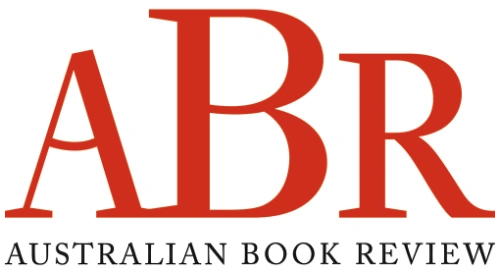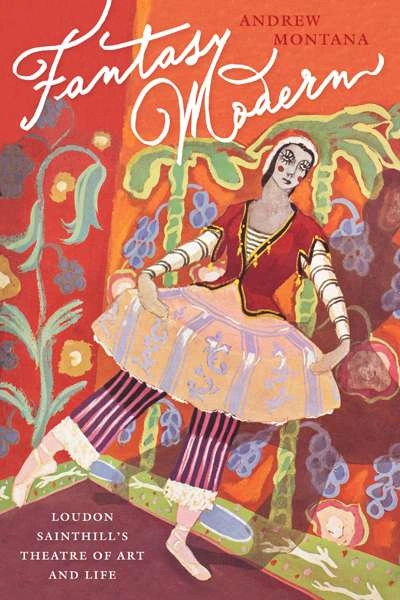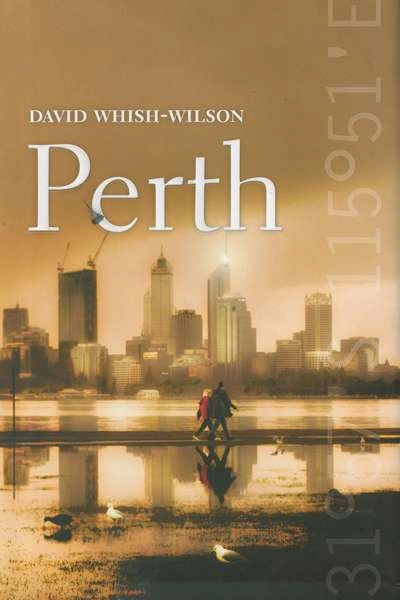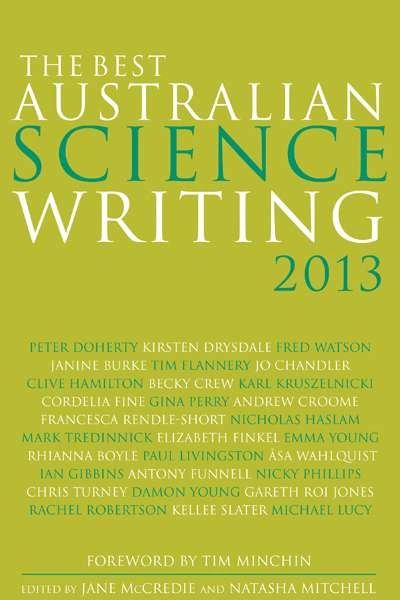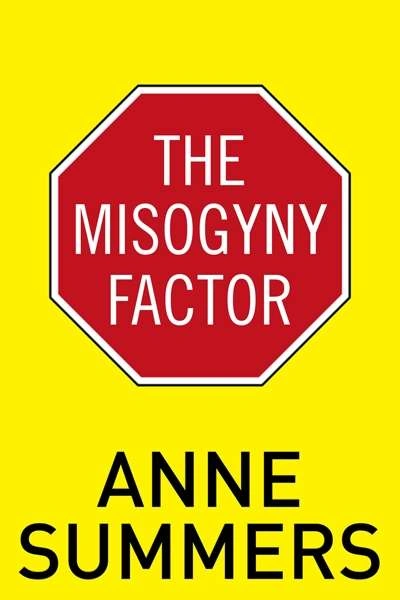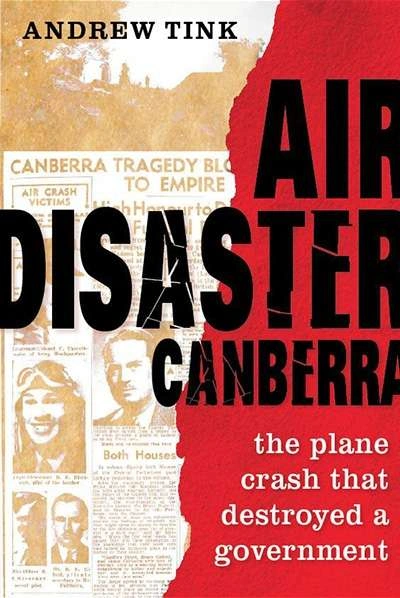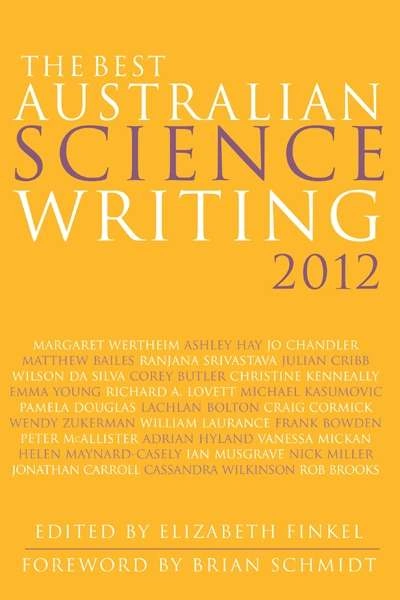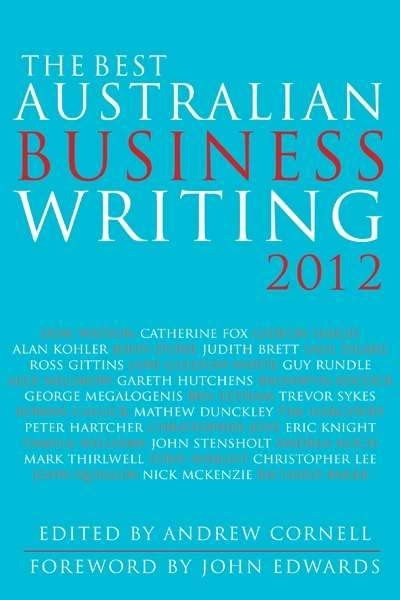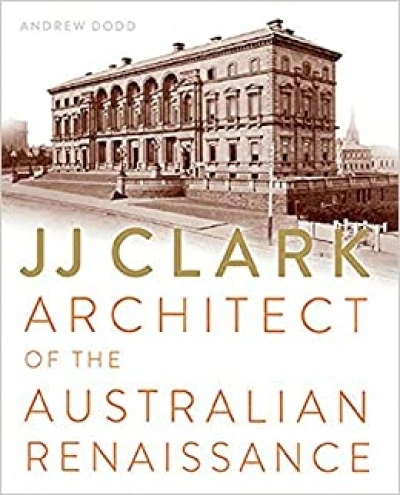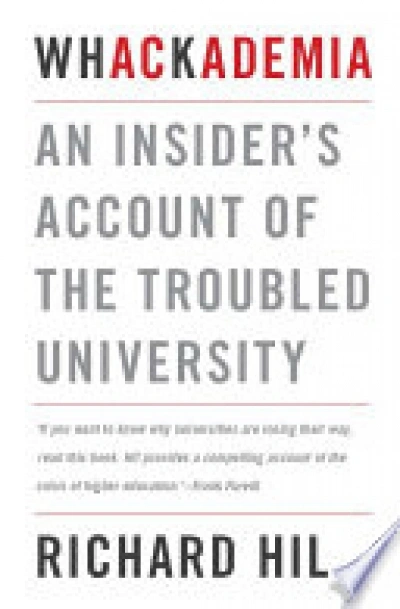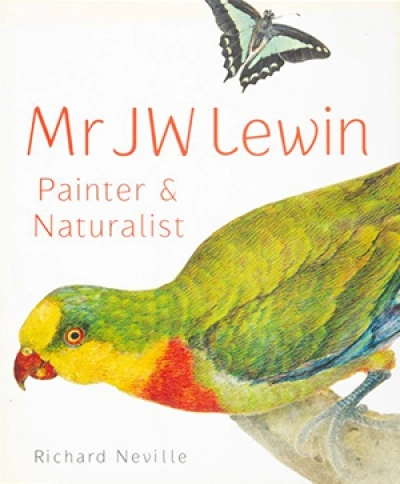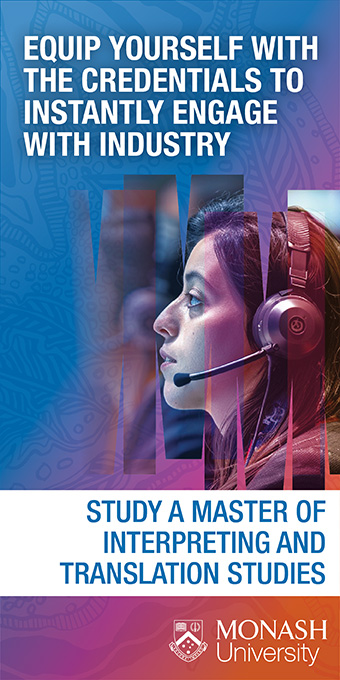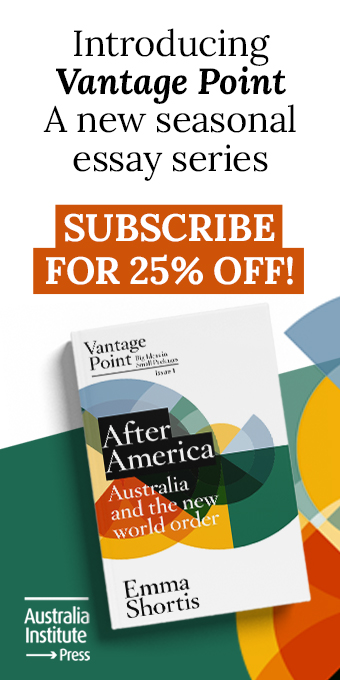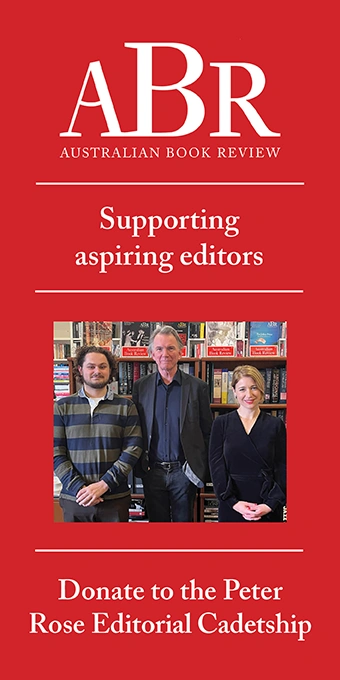NewSouth
Fantasy Modern: Loudon Sainthill's Theatre of Art and Life by Andrew Montana
by Lee Christofis •
The Best Australian Science Writing 2013 edited by Jane McCredie and Natasha Mitchell
by Danielle Clode •
Air Disaster Canberra: The plane crash that destroyed a government by Andrew Tink
by Lyndon Megarrity •
The Best Australian Science Writing 2012 edited by Elizabeth Finkel
by Robyn Williams •
The Best Australian Business Writing 2012 edited by Andrew Cornell
by Gillian Terzis •
JJ Clark: Architect of the Australian Renaissance by Andrew Dodd
by Philip Goad •
Whackademia: An Insider’s Account of the Troubled University by Richard Hil
by Suzie Gibson •
